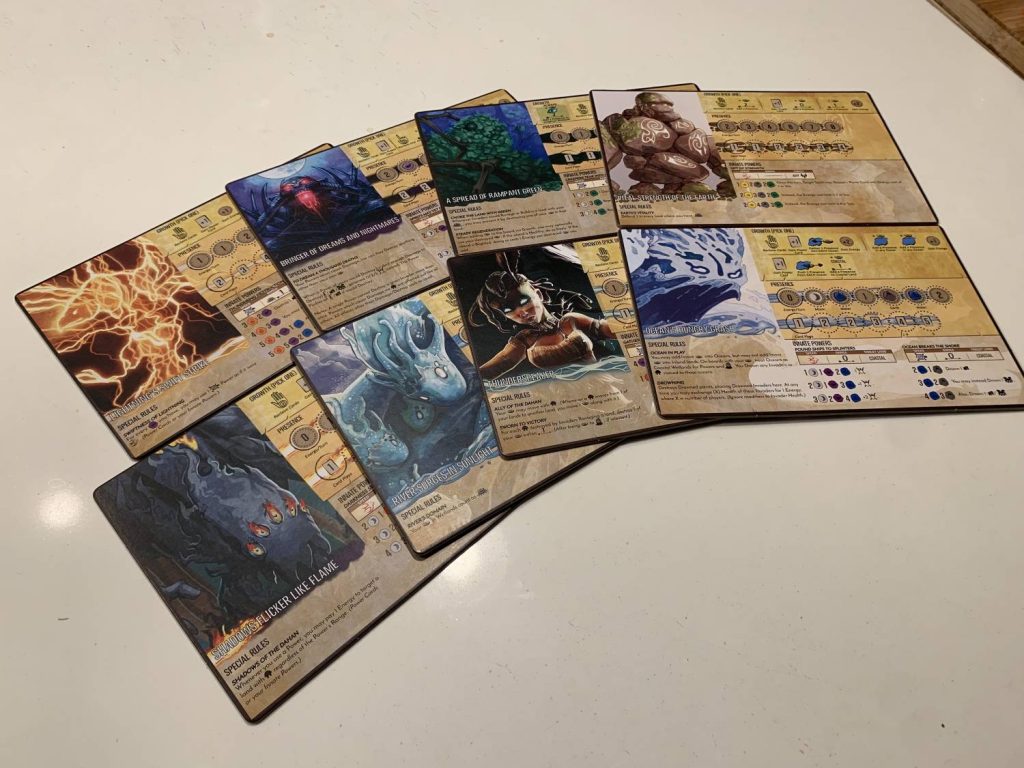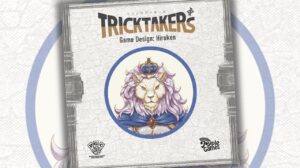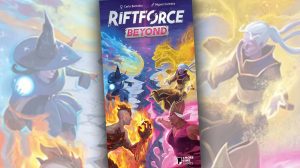When I started getting back into The Hobby™ in earnest back in 2020, there were a few games that kept popping up. I’d heard about Terraforming Mars already. Concordia. Root. People were pretty big on The King’s Dilemma at that time. As I read and watched and listened, those games would come up over and over again. I bought all of them in depressingly short order.
The only big title I resisted was Spirit Island. I heard great thing after great thing, but the game was difficult to find and I felt alienated. I don’t remember why. I also don’t remember what caused me to change my mind. Evidently I did, though, as I now own all of Spirit Island and its expansions and its promo packs.
Does that give away the ending? I suppose it does, but the ending is not exactly late-breaking news: Spirit Island is a great game.
Fear Will Keep the Local Systems in Line
The premise may have been what drew me in after my initial reluctance. You and your fellow players are spirits protecting an island from invaders. It’s a fabulous reversal of the board gaming status quo. Rather than colonizing as fast as you can, the modus operandi of heavier board games, your spirit works with nature and the indigenous Dahan population to drive the colonizers out.

Every turn, the colonizers Explore terrain, Build towns and cities, and Ravage. Explore is somewhat random, drawn from a pre-set up deck. Build and Ravage are forecasted; the invaders will Build in the places they last Explored, and Ravage in the places they last Built. Co-op games like Pandemic thrive on a certain amount of unpredictability. Spirit Island has so much happening, and so little that you’ll likely be able to prevent, that the predictable rhythm of your invaders is all that keeps you from losing from the jump.
Crisis management is very much the name of the game here. You’ll be destroying buildings and settlers, increasing your presence, managing your power supply and card supply, all while trying to prevent harm from coming to your home. Undefended Ravage kills Dahan, destroys spirit presence, and blights the island. Defeat typically comes when the land is blighted beyond saving.
Victory is achieved via sufficient levels of destruction combined with one of my all-time favorite game mechanisms, Fear. You generate Fear both as you wreak destruction and by playing powers that are essentially nature-assisted psyops. The combination slowly reduces the invaders to quivering masses of jelly. Generate enough fear and they will straight-up flee the island, never to return.

V-A-R-I-E-T-Y
The spirits are the magic sauce atop this dish. Starting with a rock-solid base of straightforward mechanics—a turn can be roughly summarized as playing cards you can afford and doing what they say—play style varies from spirit to spirit. The original game includes eight, with names like Lightning’s Swift Strike and Ocean’s Hungry Grasp. They all encourage different strategies and different approaches. Vital Strength of the Earth builds up slowly, defending the land until it has enough strength to lay down some serious damage. Bringer of Dreams and Nightmares destroys relatively little on the board, instead instilling, as befits the name, absurd quantities of Fear into the invaders.

Some spirits are tactical, while others require more forethought. Some are forgiving, while others require a deep knowledge of the game’s ebbs and flows to play well. Exploring the spirits one at a time playing solo is tremendously rewarding. As befits a cooperative game, though, I think the real magic is in figuring out how to make various spirits work well together. Since there’s no secret information in Spirit Island, you can even play as two or three spirits on your own. I find it a little overwhelming, myself, but many people do it, and have a great time doing so.
The quantity and quality of content in the Spirit Island box defies description. There are scenarios, specific enemies with individuated behaviors, various blight cards with different effects, dozens of Minor and Major power cards…It really does just keep going. If I were ever on 5 Days for Doomsday, the board gaming podcast in which board game personalities are asked to choose five board games they’d bring with them in the apocalypse, Spirit Island would be there without hesitation. If I can get away with lawyering in all the expansions, it would be number one with a bullet.

That’s not to say it’s my favorite game, but it’s up there. Spirit Island is procedural in a way that won’t appeal to everybody. It can take a while to reveal itself, which not everyone will have the patience for, but that is also one of its strengths. The more you play the game, the more thematic it feels. The nuances of how different spirits impact the board, the patterns of destruction and renewal, they all evoke a full and complex story. I love it.
Settlers
When Spirit Island first came out back in 2017, it was making a fairly radical argument. The Hobby™ has for decades taken colonization and its horrors for granted, all while being on the side of what history has come to recognize as the baddies. The year after Spirit Island came out, Catan announced their name change. We’re mere months away from receiving a new treatment of mainstay Puerto Rico, rethemed to strip the game of its exploitative—well, they’re not exactly undertones, are they? They’re just…tones.
While you can’t lay all the credit for this at Spirit Island’s feet—it’s as much a result of this long-brewing conversation as it is a driver—Spirit Island has had a significant impact. It made the argument more immediate, more comprehensible, to people for whom it may have previously registered as annoying or unimportant. If you have any sort of critical thinking capacity whatsoever, you’ll realize halfway through your first game that, “Oh, wait, hang on…aren’t we the other guys most of the time?”
Indeed we are. It’s good to see things from more than one perspective.












Add Comment